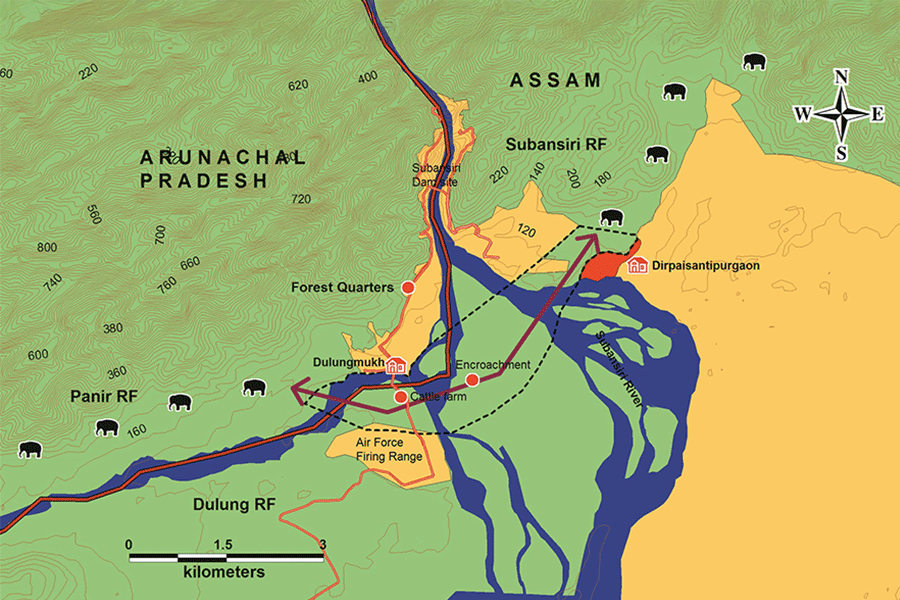Book name: The Island of Missing Trees
Author: Elif Shafak
Publisher: Penguin
Price: Rs 699
Memories often condense into a sudden moment of pause, of waiting, to grieve, to love, to embrace, to forget and to remember. Waiting, in itself, is a silent state of being. The Island of Missing Trees unfolds like a ritual created to deepen such a heavy moment of waiting through smelling the rawness of earth, touching the bones of ancient trees, listening to the trills of songbirds from a distant past. It is like a melancholic song that softly flows, collecting the seven precious pebbles of grief.
We inherit migration, writes Elif Shafak, the way we inherit memories, stories, beliefs and pain. This novel touched upon an inexplicable sense of homelessness that nestles in the depths of my heart, although I have lived in the same place, in the same house, almost in the same room for the first twenty-five years of my life. I belong to the third generation of a family of refugees who were exiled from home and culture and, thus, like many others with a similar personal history, I have inherited roots of a lost home and the silences of fractured dreams. The Island of Missing Trees speaks to the indistinct whispers that often inform mundane habits from our everyday, like the ways in which we relate to food, stitching, attire, people, trees or to proverbs and legends. For instance, in one section, Shafak poignantly writes, “First-generation immigrants are a species all their own. They wear a lot of beige, grey or brown. Colours that do not stand out. Colours that whisper, never shout. There is a tendency to formality in their mannerisms, a wish to be treated with dignity.”
The novel is crafted like a piece of origami, in which six parts deftly fold into one another and also unfold as separated fragments. An inward journey of realization, reconstruction and reconciliation is made through the phases of a ritual beginning with the burying of a fig tree and ending — finally — with the unburying of it. It drums up poetic metaphors to talk about how people who lose home rebuild their lives with a strong sense of resilience and acceptance like the cuttings from a tree that dies a harsh death to come to life again in a new soil, bathed in a new light. Each fragment curled into itself tries to connect to another, to a whole. Kostas, locked up in his world of botanical research, struggles to lift the heavy curtain that has descended between him and his daughter. Ada, trying to muffle an agonizing scream in her head, wants to break through the icy silence that is growing like a wall between her and her father. Meryem, tethered to the traditions and beliefs of her land, strives to touch the lives of her loved ones which, like splinters, have flung away in an unexpected explosion. A fig tree, choked by surges of her melancholy, wants to connect the trunk, branches and roots with legends and stories that can fly across borders.
The Island of Missing Trees digs up unspoken secrets and untouched memories from the ruins of a verdant home in the island of Cyprus that was violently torn apart by an arbitrary line. A tree, a butterfly, a bee, an ant, a mouse, songbirds narrate a story of human love and carnage through their senses. It evokes another way of seeing how nature and humans carry their homes on their backs, in their bellies, inside their hearts across endless cycles of storm and light.











